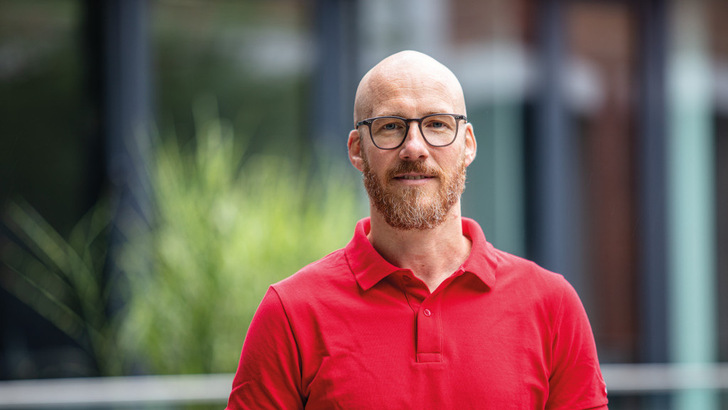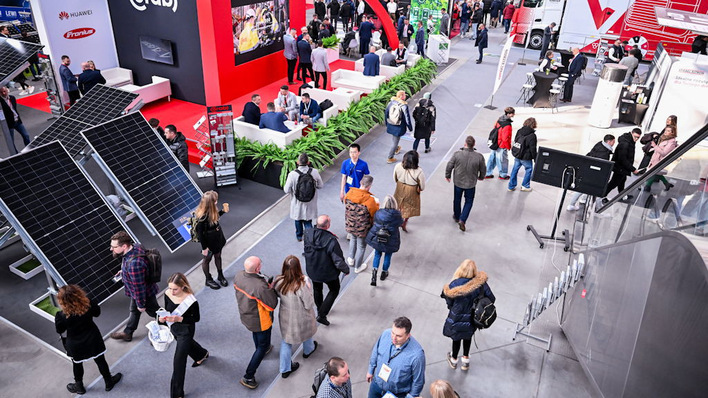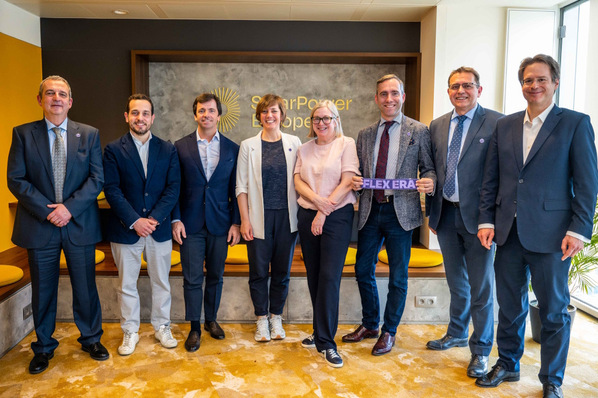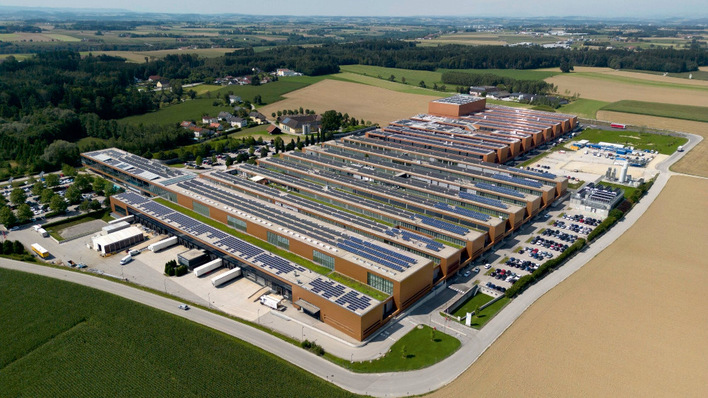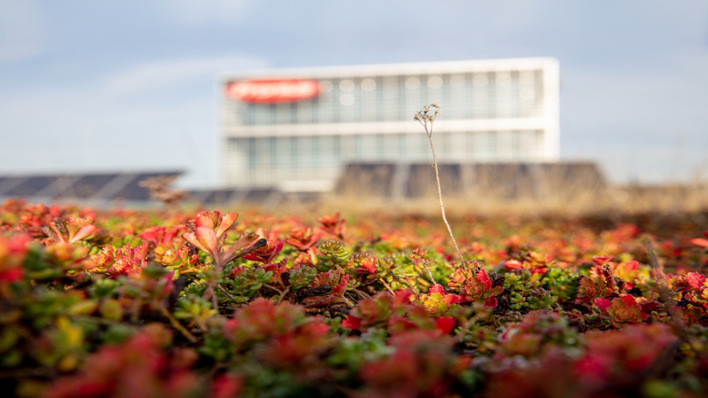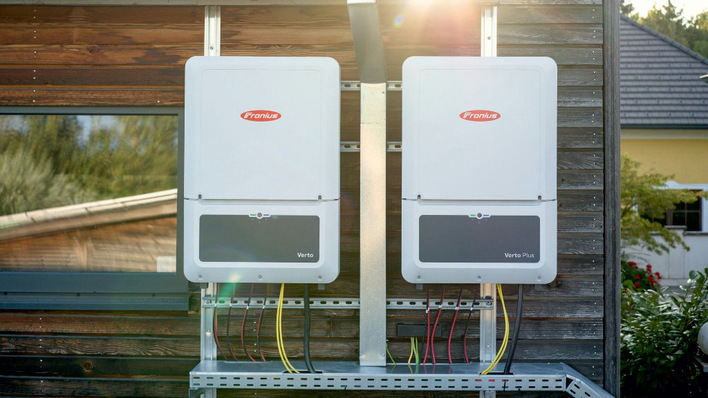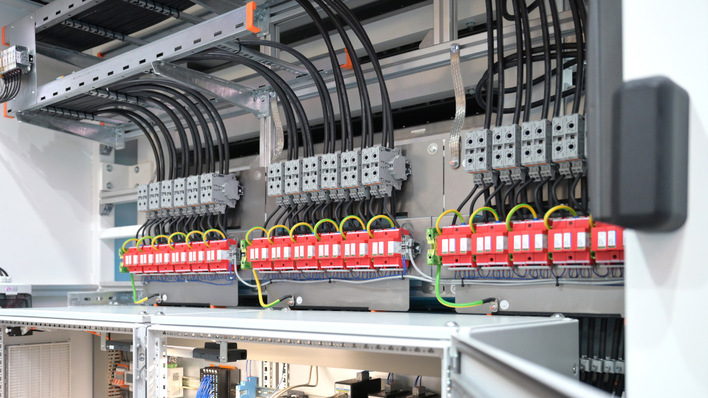Fronius launched the small Primo Gen24 Plus on the market this year. Which markets is the inverter intended for?
Volker Haider: The Primo GEN24 Plus is a hybrid inverter, primarily for storage markets with single-phase grid connection in the private sector. Of course, the Primo GEN24 Plus can also be operated without a storage unit. The largest markets here include Australia, Brazil, Italy and Spain.
With the BYD storage unit, the new inverter can provide a storage capacity of up to almost 58 kilowatt hours, with an inverter output of three to six kilowatts. That sounds like a large storage unit for small systems, or is it also intended for very short strings on commercial buildings or in facades?
The Primo GEN24 Plus is basically an inverter for the private homeowner. However, thanks to the Superflex design, complex roofs with multiple orientations and different inclinations can also be designed. The 58 kilowatt hours of storage capacity are of course a technical limit. Nevertheless, large storage capacities are especially important for high degrees of self-sufficiency or for customers who want to charge their electric vehicles mainly at night from the battery. The higher the capacity of the battery, the more independent one becomes from the public electricity grid. In addition, longer periods of bad weather can be bridged by a high storage capacity with solar power. Especially in emergency power operation, high storage capacities are very important in order to be able to maintain the power supply for as long as possible. A unique selling point of the Primo GEN24 Plus is that it can recharge the storage system in emergency power operation even without a power grid.
However, Fonius is not only focusing on electric vehicle charging with its hybrid inverter. The company has also developed its own wallbox for single-family homes. Is this also available for fleet applications or for apartment buildings?
The Wattpilot offers the possibility of unlimited control of multiple devices with a single app on the smartphone. Intelligent load management - also called load balancing - to distribute the grid connection power to multiple charging boxes is not currently possible.
Fronius is also adding smaller power classes to its three-phase Symo range. What outputs do these devices cover?
The Symo GEN24 Plus in the three-, four- and five-kilowatt power classes was introduced in April. The technical data differ slightly from its big brother with six to ten kilowatts. A popular function here is also the PV Point. This is a basic emergency power function that is also integrated as standard in the small Symo GEN24 Plus. However, full emergency power supply is not possible with the small Symo GEN24 Plus.
What is the trend in terms of power electronics - is it more sector coupling, are there new materials or are there perhaps completely new applications that are the focus of development?
On the one hand, the trend in the inverter market is towards solutions for sector coupling. For this, it is particularly important that other energy sectors such as heating and cooling as well as mobility can also be electrified. Thus, networking of systems or components is particularly important. Our inverters therefore have several open interfaces, for example for the simple integration of heat pumps, charging solutions for electric vehicles, smart home systems and other applications.
Another trend on the market can be seen in the materials used for the devices. The focus here is on sustainability and the carbon footprint of the inverters seen over the entire life cycle. In the production of the GEN24 series, for example, Fronius uses over 90 per cent recycled aluminium.
What do customers particularly value when it comes to power electronics?
Important topics for homeowners are photovoltaics as a safe and sensible investment or financial investment. It's about becoming more independent of the public power grid, doing something good for the environment and making provisions for future generations, as well as hedging against rising electricity and energy prices. For companies, it is mainly about reducing operating costs and positioning themselves as sustainable. But it is also about investment premiums and the use of tax advantages. On the part of the energy suppliers, low electricity production costs - levelised costs of electricity or LCOE - and the increasing demand for green electricity are the issues on which special emphasis is placed.
The interview was conducted by Sven Ullrich (mfo)


